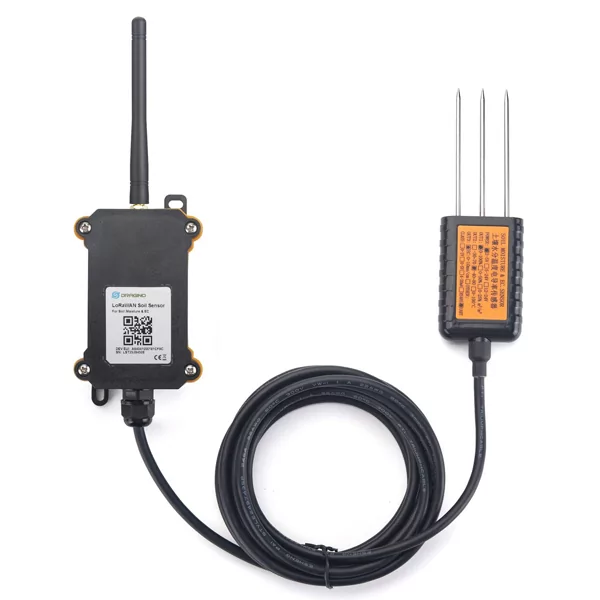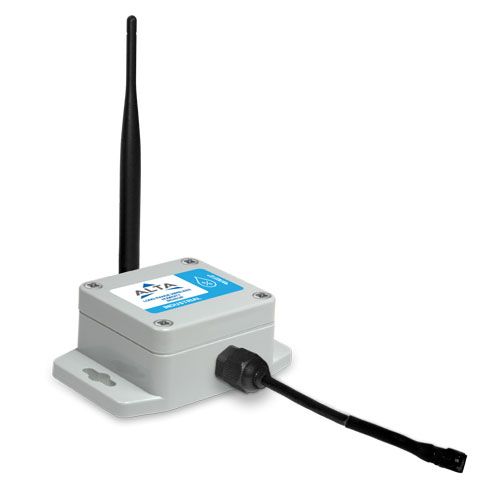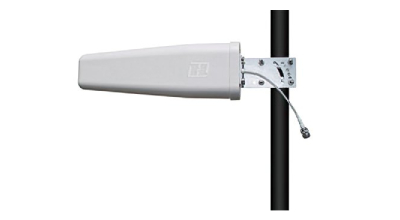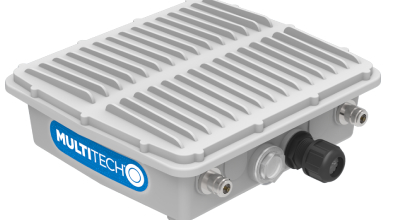
Understanding LoRaWAN Classes
LoRaWAN (Long Range Wide Area Network) is a low-power, long-range, and low-data-rate communication protocol designed to cater to the needs of Internet of Things (IoT) devices. LoRaWAN operates on three different device classes – Class A, Class B, and Class C – to provide flexibility and address various application requirements. This article offers an in-depth understanding of the distinctions and functionalities of these three classes.

Class A: Bidirectional End Devices
Class A devices, also known as bidirectional end devices, are the most energy-efficient and form the foundation of the LoRaWAN specification. They are designed for applications that require minimal communication and can tolerate latency in receiving data. Some examples of Class A applications include environmental monitoring, smart agriculture, and asset tracking.
Communication in Class A devices follows an "Aloha" protocol, in which devices transmit data at any time without prior coordination with the network. After each uplink transmission, there are two short downlink receive windows for the network to send a response. The first receive window opens immediately after the transmission, while the second one opens after a pre-defined delay. Class A devices enter a low-power sleep mode between transmissions, making them ideal for battery-powered applications.
Advantages of Class A:
- Power-efficient: Class A devices consume minimal power, allowing for extended battery life.
- Scalability: The Aloha protocol ensures that a large number of devices can join the network without causing significant congestion.
Disadvantages of Class A:
- Limited downlink communication: The brief receive windows restrict the amount of data that can be sent from the network to the device.
- Latency: Since devices transmit data at any time, the network must wait for the device to initiate communication, leading to latency in receiving data.
Class B: Beacon-based Synchronization

Class B devices offer an improvement over Class A by adding scheduled receive windows, allowing for more reliable downlink communication. These devices are suitable for applications that need more frequent downlink messages, such as smart street lighting or remote control systems.
Class B devices synchronize with network beacons, which are broadcast periodically by the gateway. In addition to the two receive windows following an uplink transmission, Class B devices open extra receive windows at pre-defined intervals, known as "ping slots." This approach enables the network to send data to the device at specified times without waiting for an uplink transmission.
Advantages of Class B:
- Improved downlink communication: Scheduled receive windows allow for more reliable data transfer from the network to the device.
- Reduced latency: Synchronization with network beacons enables the network to communicate with the device at predetermined times, decreasing latency.
Disadvantages of Class B:
- Increased power consumption: The need to listen for beacons and open additional receive windows results in higher energy usage than Class A devices.
- Complexity: Implementing Class B functionality adds complexity to the device design and network management.
Class C: Continuously Listening Devices

Class C devices are designed for applications that demand low-latency and near-constant communication between the device and the network. Examples of Class C use cases include security systems, smart grid management, and remote actuator control.
In Class C operation, devices maintain a continuous listening mode, with the exception of brief periods when transmitting uplink data. This approach allows the network to send downlink messages to the device at any time.
Advantages of Class C:
- Real-time communication: The continuous listening mode enables near-instantaneous communication between the device and the network.
- High data rates: Class C devices can handle larger data volumes compared to Class A and Class B devices.
Disadvantages of Class C LoRaWAN:
- High power consumption: Due to the continuous listening mode, Class C devices consume significantly more power than Class A and Class B devices. This higher energy usage makes them less suitable for battery-powered applications or scenarios where energy conservation is critical.
- Limited scalability: As Class C devices are constantly listening for downlink messages, they tend to generate more traffic on the network. This increased traffic can lead to congestion and reduced scalability, particularly when the number of devices on the network grows.
- Network resource management: The constant communication between the network and Class C devices may demand more efficient resource management and higher network capacity. This requirement can add complexity to the network infrastructure and increase maintenance costs.
- Unsuitable for low-data-rate applications: Class C devices are optimized for real-time communication and high data rates, making them less suitable for applications that require infrequent data transmission and prioritize low power consumption.


